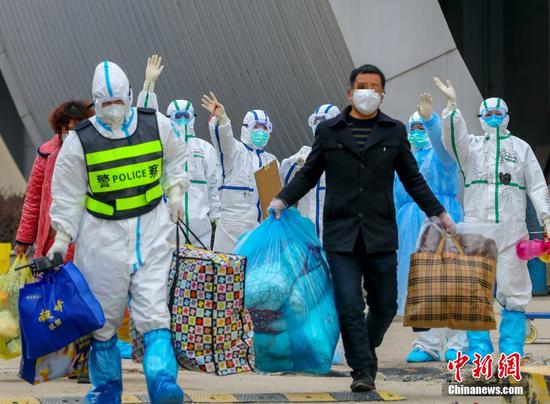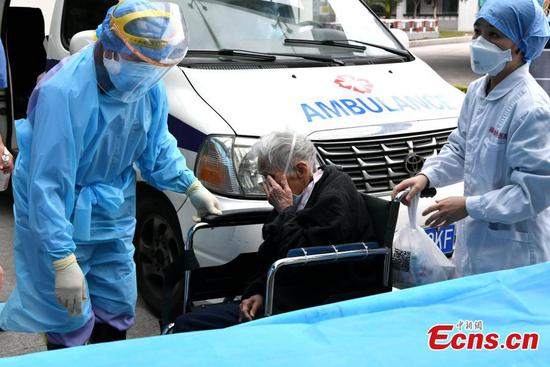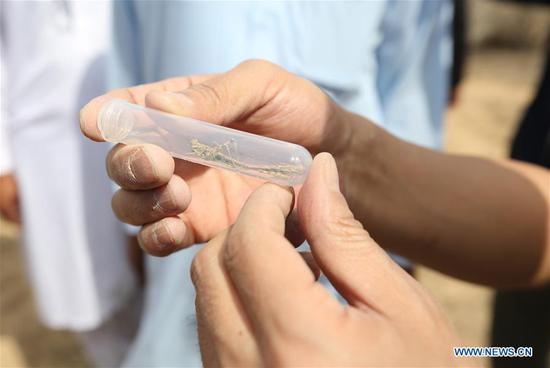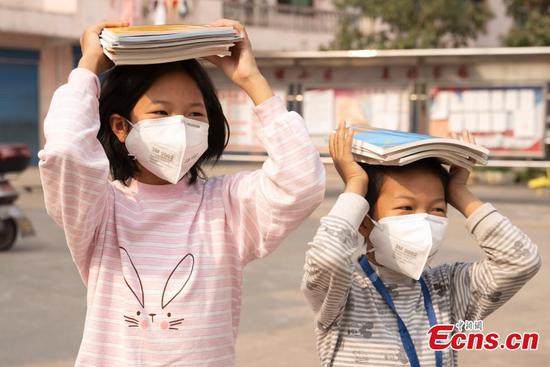Some key insights into the novel coronavirus offered in the Report of the WHO-China Joint Mission on Coronavirus Disease 2019(COVID-19)
Pathogen
The virus has features typical of the coronavirus family and is of Betacoronavirus 2b lineage. Full genome sequence analysis of the novel coronavirus revealed that its closest relative is the SARS-like coronavirus strain BatCov RaTG13 from bats, and its genetic material is 96 percent identical.
COVID-19 originated in animals, but it's not known which. Evidence suggests bats are natural carriers. Intermediate hosts between bats and humans have not yet been identified.
Early cases in Wuhan, Hubei province, are believed to have acquired the infection from an animal source, as many reported visiting or working in the Huanan Wholesale Seafood Market.
Transmission
The novel coronavirus is transmitted via droplets and materials with the virus during close, unprotected contact. Airborne spread has not been reported and is not believed to be a major mode of transmission.
In healthcare facilities, people may catch the virus by breathing contaminated droplets suspended in the air.
The virus can be found in some patients' fecal samples, but fecaloral route does not appear to be the driver of COVID-19 transmission.
Symptoms
Symptoms of COVID-19 can range from none to severe pneumonia.
Based on 55,924 confirmed cases, fever (87.9 percent) and dry cough (67.7 percent) are still the most typical. The average incubation period is five to six days.
Most people infected become moderately ill and can recover. About 80 percent have had mild to moderate illness, 13.8 percent severe, and around 6.1 percent critical.
Confirmed patients who show no symptoms have been reported.
Demographics
The median age of patients is 51, with 77.8 percent of the patients aged 30 to 69 years.
Those at the highest risk of severe illness include people aged over 60 or who have underlying conditions such as hypertension, diabetes, cardiovascular disease, chronic respiratory disease and cancer.
The disease is relatively rare in children.
Mortality rates
As of Feb 20, the overall fatality ratio of lab confirmed cases was around 3.8 percent. The statistic varies by location (5.8 percent in Wuhan vs 0.7 percent in rest of China), and mortality increases with age.
More men die than women (4.7 percent vs 2.8 percent). Patients with underlying health conditions also had higher rates: 13.2 percent for those with cardiovascular disease, 9.2 percent for diabetes, 8.4 percent for hypertension, 8.0 percent for chronic respiratory disease, and 7.6 percent for cancer.
In special settings
Cases have been reported in healthcare facilities, prisons and other closed settings.
As of Feb 20, 2,055 healthcare workers had been infected in 476 hospitals across China, and 88 percent of these cases were in Hubei.


















































